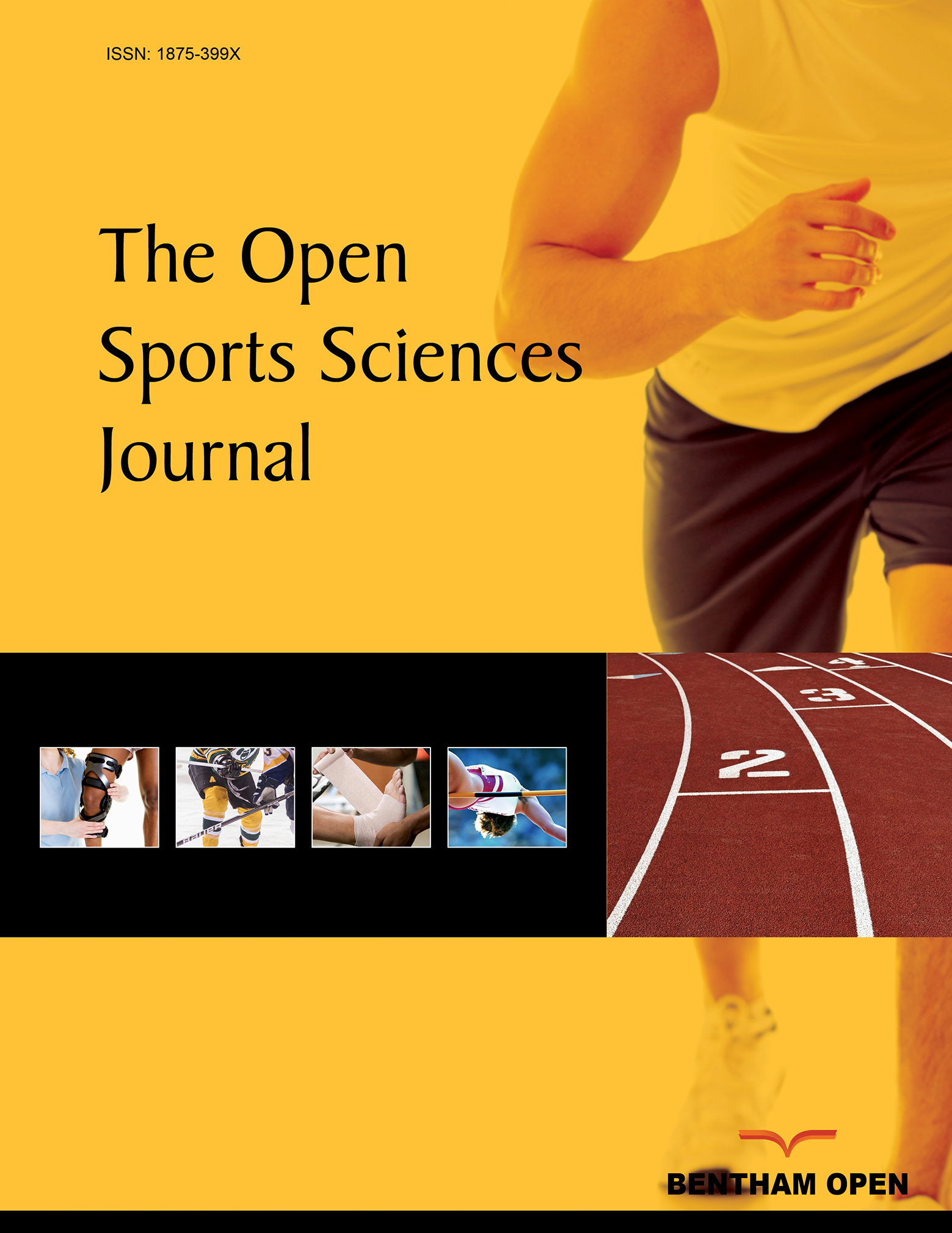Numerical Study of Non-Newtonian Blood Behavior in the Abdominal Aortic Bifurcation of a Patient-Specific at Rest
Abstract
Background:
The interaction of blood flow with walls of blood vessels is central for the development and maintenance of cardiovascular health. The analysis of wall shear stress is, therefore, fundamental in hemodynamic studies.
Objective:
The aim of this work is to study numerically the influence of the shear thinning blood properties on the hemodynamics in the abdominal aortic bifurcation for a patient-specific at rest.
Methods:
Were tested two models for the blood dynamic viscosity, one Newtonian and other non-Newtonian, with dependence on hematocrit and total protein minus albumin.
Results and Conclusion:
The results show the shear thinning behavior influence on the velocity distribution and wall shear stress. Furthermore, wall shear stress values are globally lower for non-Newtonian blood model at high velocity values than those for the Newtonian blood model. However, for low velocity values this behavior is inverted.


